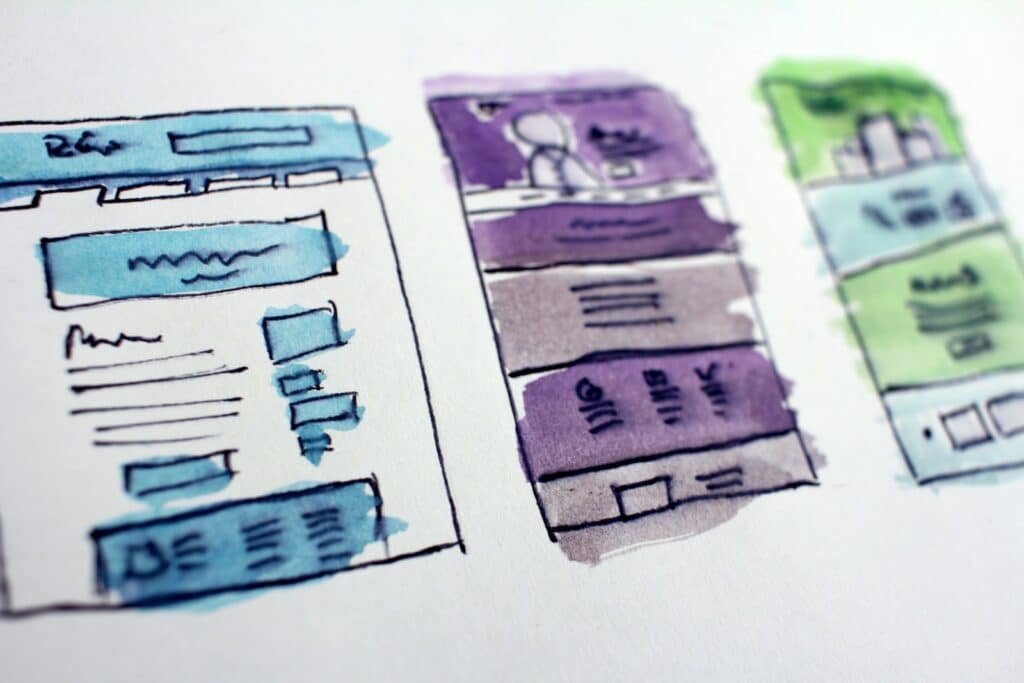If you are trying to achieve greater impact or pivot your focus, your are in the midst of organization development. You need an architect!
As a nonprofit leader, are you calling in a decorator to do the architect or carpenter’s job? You might be. I see it all the time. As a leader in the change sector for 25 years, I often found myself “patching walls” when the walls themselves needed to be moved around. No organization structure works as it was originally designed forever, and sometimes the original design was flawed.
Susan Scott in her book Fierce Conversations says, “Burnout doesn’t occur because we are solving problems. Burnout occurs because we are trying to solve the same problem again and again.” Your toilet floods in your bathroom. You clean up the mess and plunge the toilet. But then it happens a second and third time. At what point do you call a plumber instead of acting as the clean-up crew? Scott was actually referring to managing people and dealing with problem behaviors head-on, but the quote applies to all types of problems and most often to problems with our systems. Remember Demming’s famous quote? “Every system is uniquely designed to get the results it is getting.” You are getting the same results for a reason. You are overwhelmed and frustrated and stretched too thin for a reason.
When I founded Heightened Development 5 years ago, the name was intentional. Heightened Development is about partnering with change leaders to build the right structure at the right time. Much of our work with nonprofits is when they are rebuilding, growing, needing to pivot, or just beginning to soar. Heightened Development helps leaders ask and solve one hard question: what structure and strategy do we need right now to live into our big goals?
I often get calls for support with strategic planning. As I listen to leaders talk about their pain points there are often needs that extend beyond strategy work. It is part of why Heightened Development has changed its approach to strategic planning, seeking to assess structure needs at the same time as strategy needs.
If you are a leader and you feel like you aren’t able to get over the hump to achieve your big impact goals, know that there are two structures you need to think about: People and processes.
- Start with your “people” needs. That means both your paid team and your volunteer team, especially your board of directors.
Paid team: The design of your organization chart matters and tells a story about where you are investing your resources. The actual positions, how they are organized, and the core competencies needed for each team member to excel in each role will dictate how much impact you can make. I recently spoke with a client who had a handful of contractors with very niche roles within service delivery. When I asked if this design was working to help them achieve impact, or if one full-time role might help them to strategically and thoughtfully implement their programming, they weren’t quite sure.
Board: The supportive and essential relationship between a governing board and the executive they hire to take daily action on the mission needs regular assessment. Who makes up our board? What competencies do they have? What competencies are missing? How as an executive do I best engage board members as strategic thought partners, resource developers, and risk managers?
Often, organizations need to assess, adapt, and design different people structures. Instead, they work as a “designer”, tweaking training slide decks and hiring more of the same staff to solve the same problem that keeps coming up. They put a fresh coat of paint on the walls when they need to move the walls around a bit for greater impact.
- Processes are levers to help your people achieve greater impact. Your organization is full of processes. Even if you don’t build a real process, your people do. Organizations in the midst of lots of growth and innovation don’t need to be bogged down by too many rules, paperwork, and systems. However, the people getting the work done do need some basic ground rules, communication systems, and resources to make their work more impactful. I have seen organizations pay thousands and thousands of dollars for donor management or communication systems that they don’t have the staff capacity to use, and also seen organizations invest in three full-time development staff who don’t have the donor management and communication systems needed to do their jobs well. What you need in terms of processes is different depending on your goals and the people you have in place to act on them. It is important to get this right because your processes are part of how you invest in resources for your team. You are more likely to keep high-performing team members if you invest in the tools they need to succeed.
Where is your organization right now? Have you stepped back to assess your people and processes and if they are built to get you where you need to go? As always, Heightened Development is here to help you assess and build where needed.

